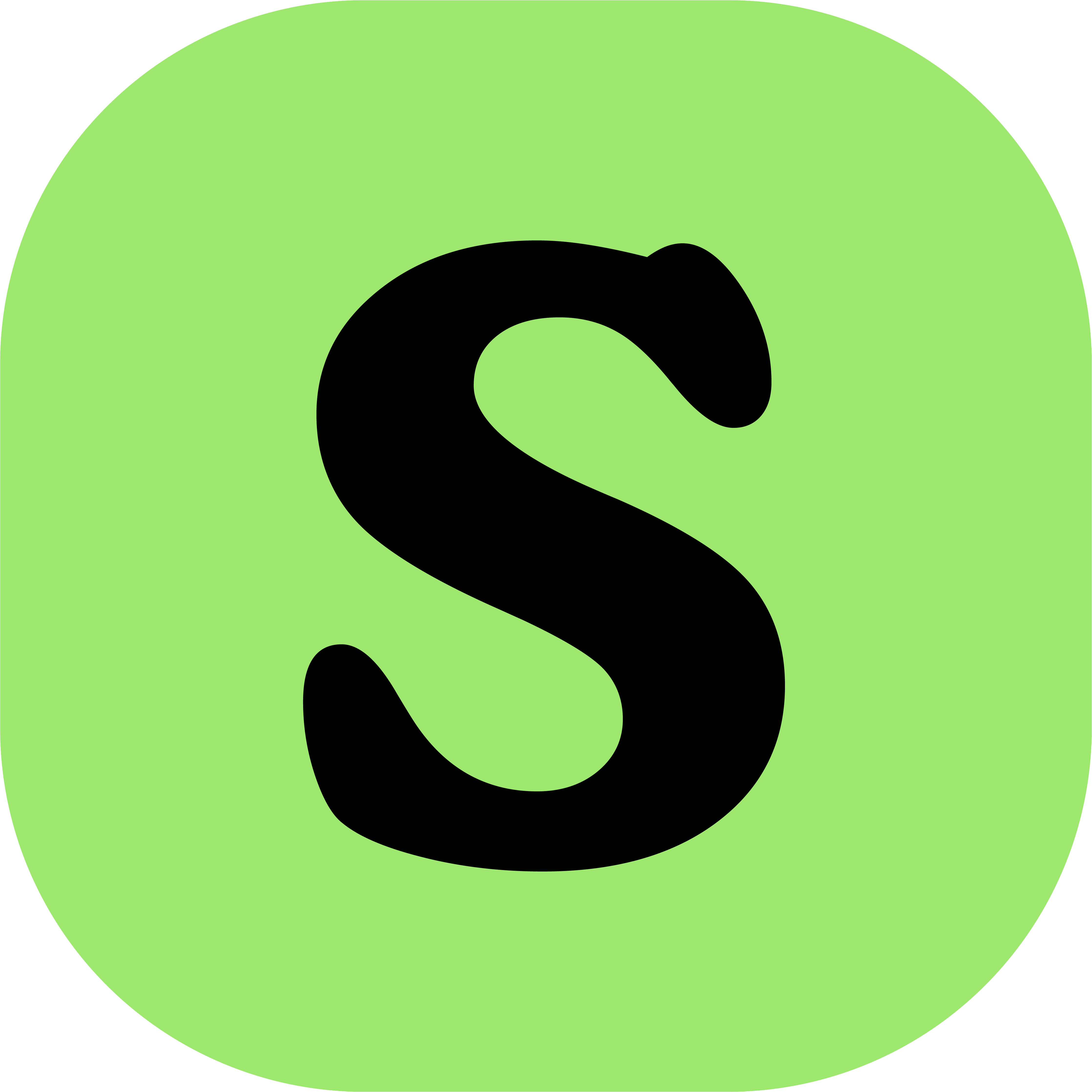Shopify Mobile App: How to Turn Your Shopify Store into an iOS & Android App (Features, Steps, Costs & FAQs)
- Shoplaty

- Jul 2
- 3 min read
Updated: Oct 1

Why build a Shopify mobile app?
Shoppers spend most of their time inside apps—not browsers. A Shopify mobile app puts your brand on the home screen, speeds up checkout, and lets you send push notifications for drops, restocks, and offers. The result: more repeat purchases, higher conversion, and lower dependence on ads.
Core features your Shopify app should include
Real-time Shopify sync Products, collections, prices, inventory, orders, and customer accounts stay in sync—no double work.
Fast, native checkout Apple Pay / Google Pay, saved addresses, sticky Add-to-Cart, and quick variant selection.
Push notifications (with intent) Abandoned cart, back-in-stock, price drop, new arrivals—scheduled by user timezone.
Wishlist & cart memory Pick up where users left off—cart and wishlists persist across sessions and devices.
Personalized home screen Blocks for hero banners, featured collections, “just for you” picks, app-only promos.
Advanced analytics Track app launches, tab usage, PDP views, add-to-cart, checkout completion, device/OS, language, and push opt-in.
Role-based admin Non-technical teammates can update banners, sections, and campaigns safely—no app-store resubmits.
With Shoplaty, all of the above comes standard—plus a visual home editor.
Native app vs PWA for Shopify (which should you choose?)
Native app (iOS & Android):
Lives on the home screen, shows in App Store/Google Play
Best performance and OS features (push, deep links, Apple/Google Pay)
Highest trust and discoverability via app stores
PWA (progressive web app):
Installed from the browser, limited OS access
Weaker push support on iOS, less visibility than app stores
Bottom line: If your goals include push notifications, faster checkout, and app-store presence, go native.
Step-by-step: How to create a Shopify mobile app (no coding)
Connect your Shopify store Authorize the app builder so products, collections, prices, customers, orders, and discounts sync instantly.
Design your home screen Use blocks: hero banner → quick links → featured collections → app-only offer → trending / new in.
Configure checkout & payments Enable Apple Pay/Google Pay, set shipping, taxes, and discount behavior to match your Shopify settings.
Enable push notifications Turn on automations for abandoned cart, price drop, back-in-stock, and new arrivals. Add a preference center (categories + quiet hours).
Set up analytics & goals Pin DAU/MAU, launches/user, PDP→ATC, ATC→Checkout, push opt-in rate, CTR, revenue from notifications.
QA on top devices Test search → PDP → variants → cart → checkout on popular iPhone/Android models and low-network conditions.
Prepare app-store assets App icon, splash, screenshots, descriptions, and a short privacy policy page on your site.
Submit once, iterate fast After approval, most content/layout updates happen from the admin—no resubmission for every change.
Shoplaty streamlines each step: real-time Shopify sync, visual admin, intent-based push, and analytics out of the box.
What does a Shopify mobile app cost?
Costs vary by features, scale, and support needs. Typical expenses include:
Builder subscription (monthly/annual)
Apple/Google developer accounts (standard platform fees)
Creative assets (icon, screenshots—can be DIY)
If you want the best feature-to-price balance, prioritize: real-time sync, push automations, analytics, and an admin that lets you ship campaigns without developers. That’s exactly where Shoplaty focuses its pricing and roadmap.
What to measure after launch (and how to improve)
Activation: % of installs that sign in or place a first order
Engagement: launches/user/week, session length, most-visited tabs
Conversion: PDP→ATC, ATC→Checkout, express pay usage
Retention: repeat purchase at 30/60/90 days, time between orders
Push health: opt-in rate, CTR, revenue attributed to automations
Quick wins:
Add a welcome offer for first in-app purchase
Show app-only blocks (drops, bundles, early access) on the home
Segment pushes by wishlist, cart, last active tab, and timezone
FAQs (People Also Ask)
How do I create a mobile app for my Shopify store without coding?
Use a Shopify-focused builder. With Shoplaty, you connect your store, design the home with blocks, enable push automations, and publish to iOS/Android.
Does a Shopify app sync inventory, prices, and orders?
Yes—if it’s built right. Shoplaty keeps Shopify as the single source of truth for products, inventory, pricing, customers, and orders.
Can I send push notifications from a Shopify app?
Yes. Use automations like abandoned cart, back-in-stock, price drop, and new arrivals. Shoplaty schedules by user timezone and deep-links to PDPs, carts, or collections.
Is a native app better than a PWA for Shopify?
For push, performance, app-store discoverability, and payments, native wins. PWAs have limits on iOS and don’t show in app stores.
How long does it take to launch?
With a builder like Shoplaty, you can be live in days once your assets and developer accounts are ready.
Will an app replace my website?
No—your site drives discovery and SEO. The app drives speed, push-driven engagement, and repeat purchases.
Why Shoplaty is the easiest way to launch
Visual admin for banners, sections, and app-only campaigns
Advanced analytics (launches, tabs, PDP→ATC, device/OS, push health)
Role-based access so marketing can ship without devs
Real-time Shopify sync—no duplicate catalogs


